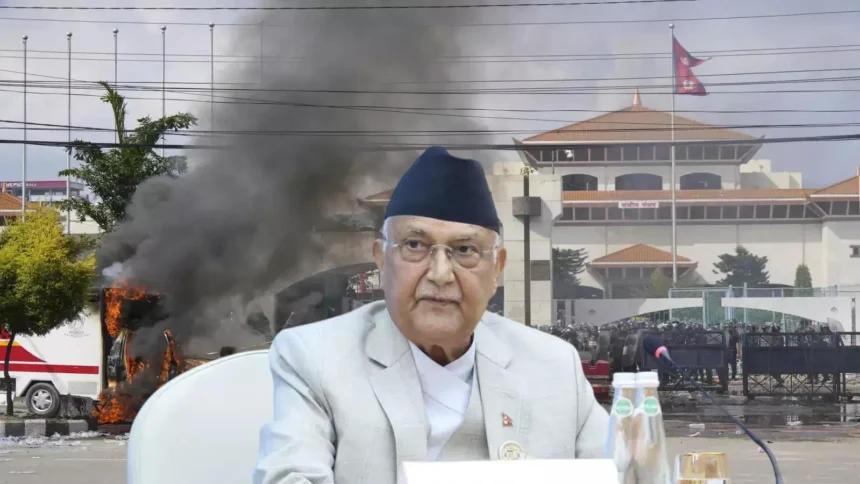Nepal is no stranger to political drama, but recent events have shaken the nation to its core. From violent protests and gunfire on demonstrators to the Parliament building set ablaze and the prime minister’s resignation, the country’s struggles are far deeper than the social media ban that temporarily grabbed headlines. While the ban was lifted, it served as a symbol of Nepal’s long-standing economic fragility. And at the heart of these challenges lies a name that dominates political conversations—KP Sharma Oli.
A Nation Under Pressure
For more than three decades, Nepal’s unemployment rate has stubbornly remained above 10%, an alarming figure in a region where most neighboring countries fare better. In 2024, unemployment hit 10.7%, significantly higher than South Asia’s average of 4.3% and the global average of 4.9%, according to the World Bank. These numbers paint a sobering picture: economic opportunities are shrinking, leaving the workforce struggling to make ends meet.
Low Economic Output and Shrinking Investments
Nepal’s per capita GDP in 2024 stood at just Intl$5,737—a mere fraction of the South Asian and global averages. The country’s investment-to-GDP ratio tells an even more troubling story. Back in 2014, Nepal’s gross fixed capital formation (a measure of national investments) was 33.8% of GDP. By 2024, it had plummeted to 24.45%, showing a severe decline in economic activity.
Public Debt on the Rise
When public investments fall, rising debt often steps in to fill the gap. But in Nepal’s case, the opposite seems to be true. Public debt has skyrocketed—from 26.54% of GDP in 2018 to 42.65% in 2024—yet capital spending has been disappointingly low. While financing expenditure increased from 3.46% to 4.64% of GDP during this period, actual spending on development projects fell from 7.83% to 3.36%. In simple terms, Nepal is borrowing more but building less.
Political Turmoil Deepens Economic Woes
Nepal’s economy is entangled with political instability. Leaders like KP Sharma Oli, Sher Bahadur Deuba, Balen Shah, and Rabi Lamichhane frequently dominate headlines, but the lack of consistent governance has crippled long-term economic reforms. Protests have erupted over corruption, inflation, and unemployment, creating a cycle of distrust between citizens and their leaders.
The Social Media Ban: A Symbol, Not a Solution
The temporary ban on social platforms like Facebook, TikTok, and X (formerly Twitter) was justified by leaders as a measure to curb misinformation and unrest. However, critics argue it only highlighted the government’s inability to address core problems. In today’s world, silencing social media is like putting a Band-Aid on a deep wound—it doesn’t solve the underlying issue.
Kathmandu at the Center of Unrest
Kathmandu, Nepal’s vibrant capital, has become a battleground. Riots, street blockades, and mass demonstrations have paralyzed economic activity, impacting tourism and local businesses. The city, once known for its bustling trade and cultural richness, now symbolizes the political gridlock strangling Nepal’s growth.
A Leadership Crisis
Nepal’s frequent leadership changes have made it difficult for policies to stick. KP Sharma Oli, once seen as a strong nationalist leader, is now at the center of criticism for failing to deliver economic stability. Similarly, leaders like Balen Shah, Sher Bahadur Deuba, and Bishnu Paudel face public scrutiny over ineffective governance. Even popular figures like Manisha Koirala have voiced concerns about the direction of the country.
India’s Role in Nepal’s Politics
Nepal’s political scene cannot be analyzed in isolation from India, its closest neighbor and trading partner. India’s influence—whether through trade, diplomacy, or cultural ties—plays a significant role in shaping Nepal’s political and economic decisions. As Nepal struggles internally, it increasingly relies on India for stability, creating a delicate balancing act.
A Call for Economic Overhaul
To recover, Nepal needs bold reforms. Investment in infrastructure, job creation, and tourism could jumpstart growth. The leadership must prioritize fiscal discipline while fostering innovation and entrepreneurship. Citizens are demanding transparency, and the government must respond with actionable policies instead of quick fixes.
Read More: How Kisscartoon Sparked the Growth of Free Cartoon Streaming
Conclusion
Nepal is standing at a crossroads. The social media ban might have been the spark, but years of economic stagnation, rising debt, and political instability have fueled the current unrest. For Nepal to move forward, its leaders—especially KP Sharma Oli—must focus on building trust, stability, and economic resilience. Until then, protests, unrest, and political drama will continue to dominate headlines.







